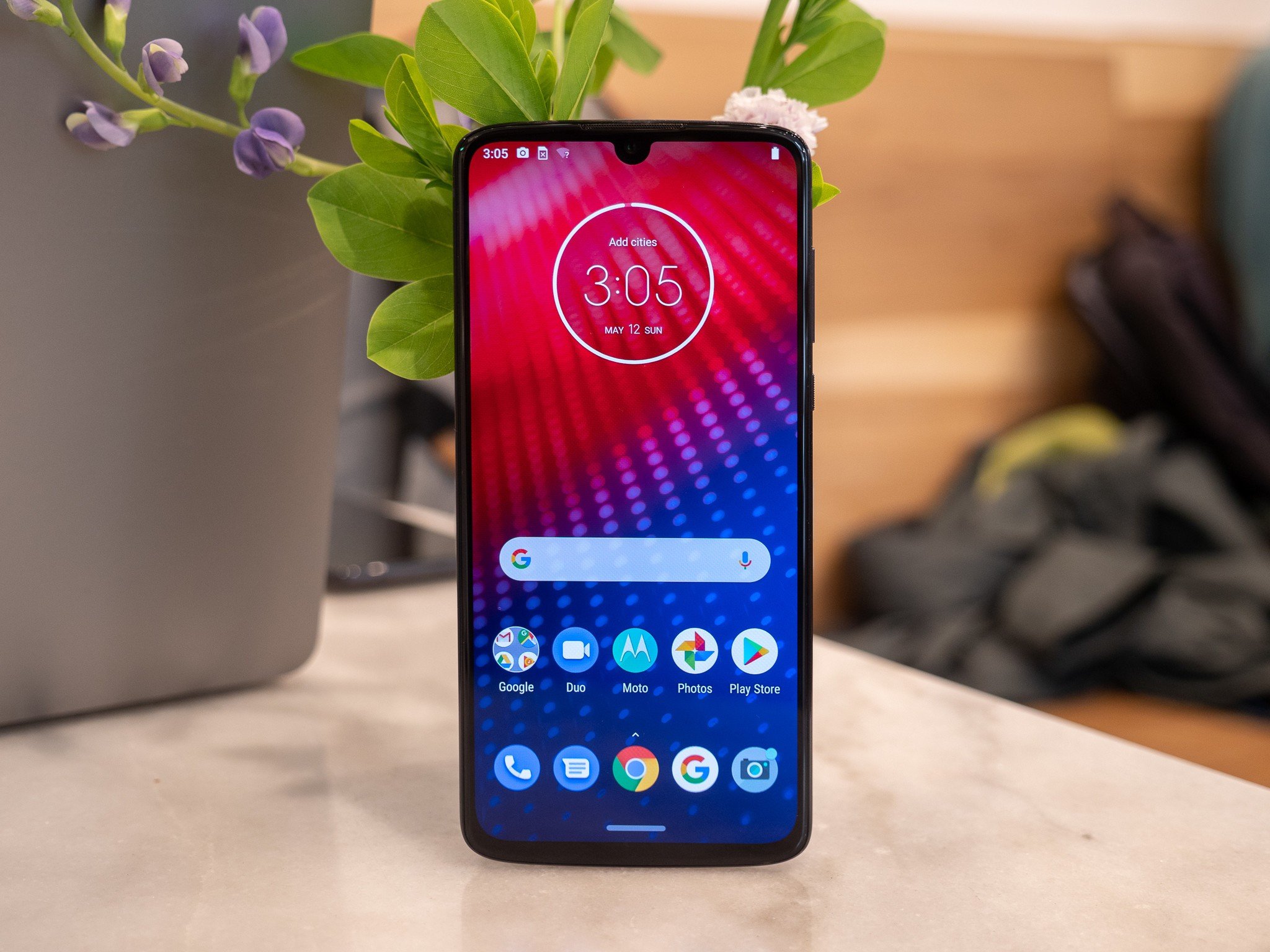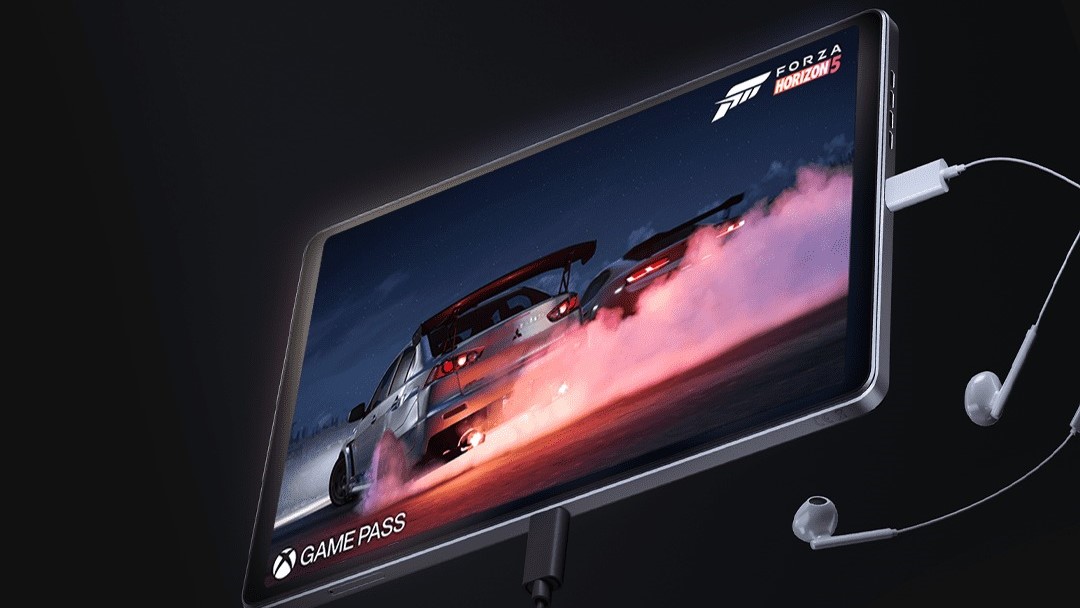The Moto Z series has gone through quite a few identity crises over the last four years. What was once Motorola's showcase for its flagship hardware has since become a humbler midrange offering, as the company continues to shift away from the high-end space — a strategy that seems to be working, with Motorola turning a profit for the first time since being acquired by Lenovo in 2014.
Though there have been variants in the past like the Play and Force that focused on improving one aspect of the phone while sacrificing in other areas, the Moto Z4 stands alone in Motorola's lineup (at least for now), making it the highest-end device the company has to offer in 2019.
And that has me worried.
The good
- Fantastic battery life
- Clean Android software with useful add-ons
- Affordable access to Verizon's 5G network
- Respectable camera performance
- Headphone jack
The bad
- Slow, laggy performance
- Mods feel poorly fitted
- Poor in-display fingerprint sensor
- Screen is dim in daylight
About this review
I (Hayato Huseman) am writing this review after using the Moto Z4 (XT1980-3) for just under two weeks, primarily in Indianapolis and New York City on the AT&T network. I used an unlocked review unit provided to me on loan by Motorola, running build number PPF29.105-25 for the majority of the review period.
Moto Z4 What I like
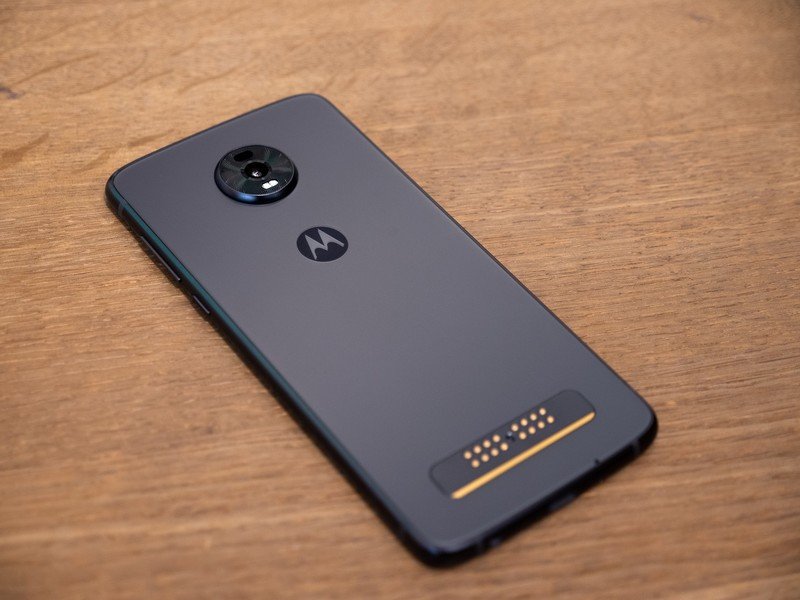
If you've seen any Moto Z phone in the last four years, you already know exactly what the Z4 is about. Out of necessity (we'll circle back to that in a moment), the Moto Z4 looks virtually indistinguishable from its predecessors, with the same ultra-thin design consisting of a 6000-series aluminum frame and a 2.5D Gorilla Glass 3 back — this time with an etched matte finish that looks and feels much better than the glossy back of last year's Moto Z3. There's also a 3.5mm headphone jack, something that's been missing from previous Moto Z devices.
The biggest and most noticeable difference is the display around front, which now takes up almost the entirety of the front glass thanks to the new 19:9 aspect ratio, and the teardrop-style notch that enables it. Motorola was able to fit a 6.4-inch Full HD+ OLED display into the same-sized chassis that once held a mere 5.5-inch panel back in 2016, and I'm pleased to report that there's no longer any room for Motorola to cram its logo onto the front of the phone. It's the little victories sometimes.
Everything about the Moto Z4 feels familiar, and that's mostly not a bad thing.
The battery is also bigger than ever; longevity has always been a strong suit of Motorola phones, and the 3600mAh cell tucked inside is the largest in any Moto Z device. I wouldn't stretch as far as calling this a two-day phone, but I rarely went to bed with less than 30% battery remaining — which has been especially nice coming from my usual Pixel 3 that I sometimes have to charge twice throughout the day.
The classic gold contact pins synonymous with magnetic peripherals still occupy the bottom portion of the back of the Z4, and that's because even though Motorola only promised three years of Moto Mod support, it decided not to kill it off just yet.
That's great news if you're already invested in the Moto Mod ecosystem, but I suspect that this decision wasn't made entirely out of kindness towards return customers; Verizon has been aggressively pushing its 5G network in recent months, and combined with the 5G Moto Mod that launched in early April, the Z4 is one of the most affordable ways to gain Ultra Wideband access — that is, assuming you live in Chicago or Minneapolis, the only two cities where Verizon's 5G network is currently available.
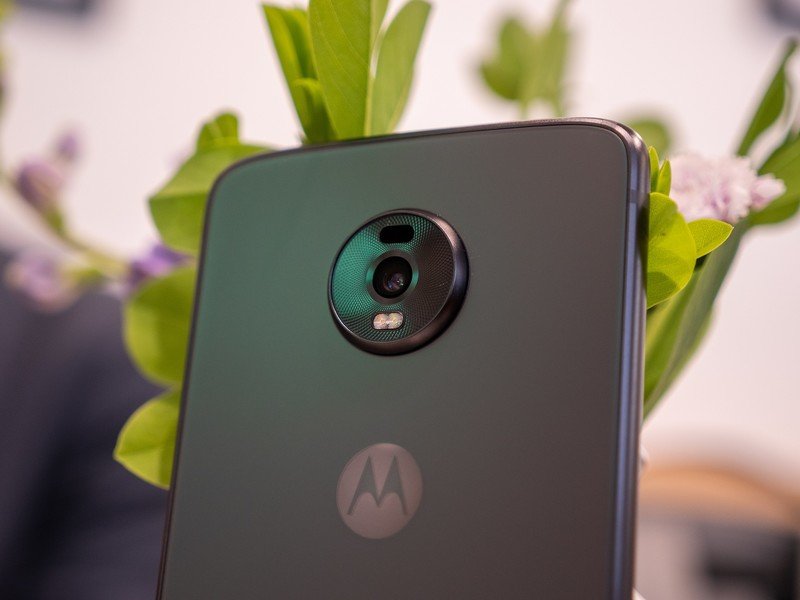
No matter the reason, though, the end result is the same. While there are no new Moto Mods on the horizon, all existing peripherals continue to work as expected on the Z4, and Motorola even bundles the Moto 360 Camera Mod with the unlocked model. Personally, I would've much preferred to see the Power Pack Mod included instead, but free is free.
The Moto Z4 switches back to a single camera after last year's unimpressive dual lens setup, making room for a much larger half-inch 48MP f/1.7 sensor. That high resolution allows for pixel binning, condensing the information from four pixels down to one and resulting in a 12MP photo that should, in theory, have more detail, but I found that most photos end up looking a bit soft, especially with fine details like hair.








Still, the Z4 does a great job at preserving highlights, even in brightly lit situations, and there's a new Night Vision mode in the camera app that works surprisingly well at times (though I've had pretty mixed results with Night Vision overall).
The software on the Moto Z4 is, like everything else, exactly what you'd expect from a Motorola phone — but that's not a bad thing by any stretch. I've always loved Motorola's affinity for barebones Android software, and the Pie build on the Z4 is more or less what you'd see on a Pixel. My unlocked model had zero bloatware out of the box, and the small handful of Motorola add-ons are all genuinely useful.
The Moto app serves as a hub for those add-ons; Moto Actions and Moto Display are still here, with the same double-twist and double-chop gestures we've come to know and love for quickly launching the camera and flashlight, respectively. You can long-press on the screen with three fingers to take a screenshot, or enable one-button navigation to switch from the standard three-button layout to the more modern pill-shaped button, including a leftward swipe to go back.
Moto Z4 What needs work
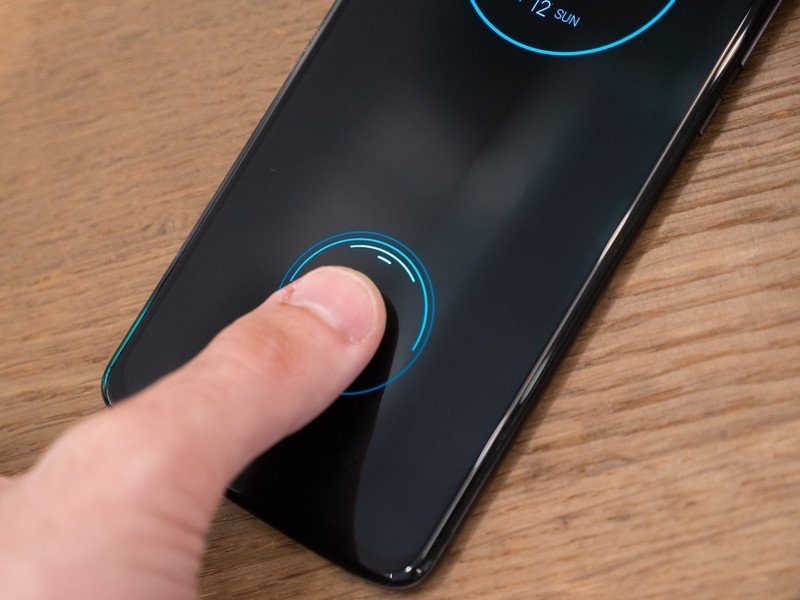
At times throughout my review period, the Moto Z4 felt simultaneously like Motorola's most refined design iteration yet, and a sad reminder of the company's stagnancy in recent years.
The Z4's tapered backing makes Moto Mods suddenly feel haphazardly thrown together.
I still like the Moto Z design language quite a bit; its industrial aesthetic gives the Z4 a distinguished and unique look, and the thin profile makes it just as easy to hold as it is to slip in and out of your pocket. But with the Z4, Motorola made about the only change to the outer design that it could, and ever-so-slightly tapered off the edges along the back. It feels a bit more comfortable compared to older models … right up until you slap on a Moto Mod, and suddenly there's a small but very noticeable gap between hardware that makes it feel like the two devices weren't made for each other.
That seems like a big oversight, considering how much of an emphasis Motorola puts on its Moto Mods, and it seems even sillier when the Moto 360 Mod that comes in the box is the worst culprit of what I'm calling the "snap gap."
Even if you plan on just using the phone as a standalone device without ever attaching any Moto Mods, though, the Z4 is far from a perfect phone. The display, while massive and vibrant, is far from the brightest I've used, making it difficult to see in broad daylight, and leaves little room for a decent speaker. The speaker grill has been moved to the top of the frame, up by the earpiece, and it sounds incredibly tinny; you'd be lucky to make out any bass on the Z4, and the left-leaning placement makes listening to music feel strangely unbalanced.
Unsurprisingly, the Moto Z4 doesn't bear any official IP rating for water and dust resistance, but the splash-proof P2i nano-coating is better than nothing, and I'm willing to give it a pass since even some pricier phones aren't officially waterproof. I'm a bit less forgiving on the lack of wireless charging, since the Z4 has a glass back, but you can at least add that on by attaching a Style Shell. It isn't ideal, but again, it's better than nothing.
The in-display fingerprint sensor makes complete sense, this implementation just isn't great.
There's also a new in-display fingerprint sensor that uses the same optical technology as phones like the OnePlus 6T and Huawei P30 Pro. I'm not a huge fan of in-display sensors in general, but it makes a lot of sense for the Z4; there's no way to put a fingerprint sensor on the back without running into issues with Moto Mods, and putting one below the display would mean adding a large bezel back to the phone.
Unfortunately, no matter how logical the placement is, this sensor just isn't very good. I'd put it on about the same level as the OnePlus 6T, but it's certainly not up to par with newer phones like the OnePlus 7 Pro or Galaxy S10, the latter of which uses an ultrasonic in-display sensor.
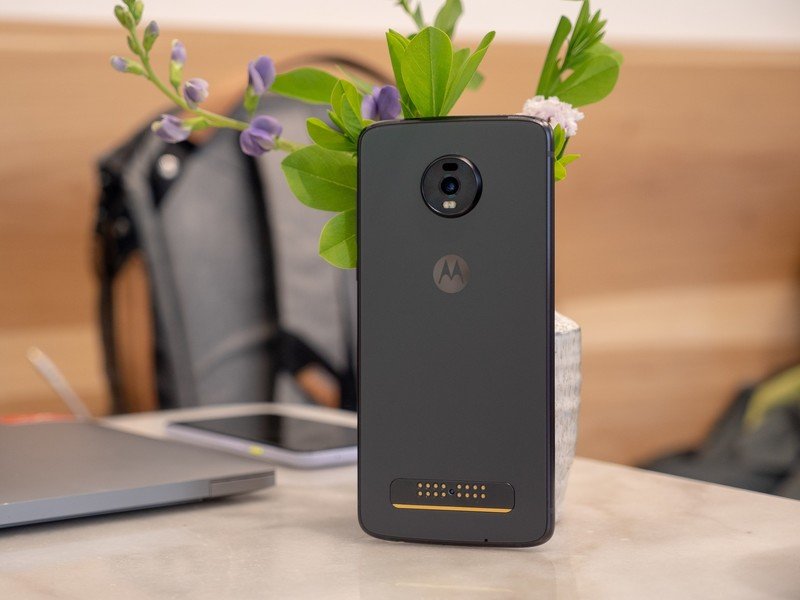
Speaking of things that aren't very good, there's no getting around the Moto Z4's lackluster performance. Everywhere you turn, from switching apps to even just typing with the default Gboard, there's intermittent lag all throughout the phone that reminds you that despite high-quality build materials and modern tech trends, this is still very much a mid-range device with an underwhelming Snapdragon 675 processor.
I also strongly recommend against enabling Flip for DND inside the Moto app. While the idea is nice — instantly switch to Do Not Disturb mode and silence notifications by turning the phone on its face, similar to the Pixel 3's excellent Flip to Shh feature — the phone doesn't seem to be able to differentiate a table from a pocket very well. While it eventually figures it out and doesn't stay in Do Not Disturb in your pocket for long, the confirmation buzz when the feature is activated feels exactly like an incoming notification, which led to me constantly putting the phone away, feeling a buzz, and checking for a notification that wasn't there.
Moto Z4 Should you buy it?
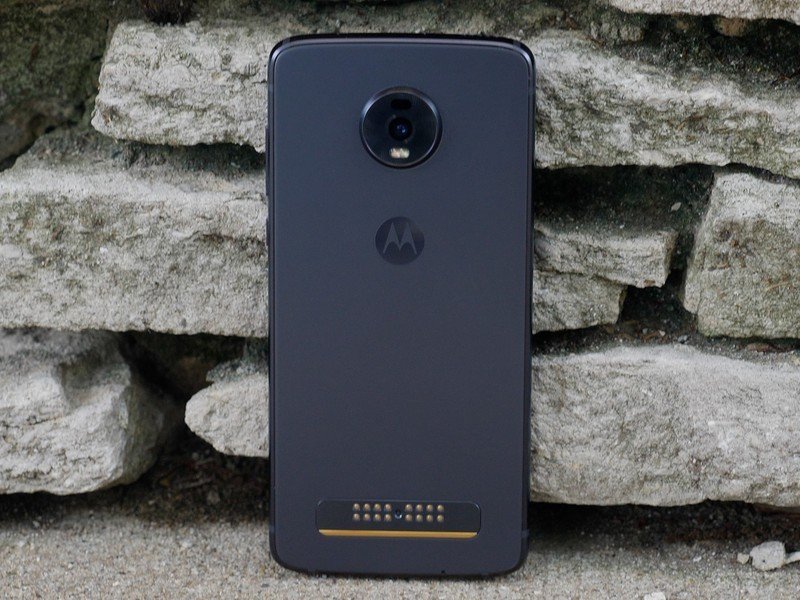
With an unlocked retail price of $500, I have a hard time recommending the Moto Z4 to most people, especially considering you can pick up a Pixel 3a for $100 less that has better performance, a much better camera, and three years of guaranteed software support. Motorola, on the other hand, doesn't have a strong record of timely Android updates, and performance simply isn't where it should be on a $500 phone.
On the other hand, the Z4 isn't necessarily being marketed for its full price. New Verizon customers who port their number over from their existing carrier can get the Moto Z4 for just $10 a month, which works out to be just $240. At that price, it's a much more compelling phone with little real competition.
For a limited time, those customers can also get the 5G Moto Mod for $150 off, giving you a functioning 5G-capable phone for under $440. Even if you don't live in one of Verizon's test markets, that's a good deal for a bit of future-proofing; once 5G does roll out to your neck of the woods, just pull your discounted 5G Mod out of the junk drawer and attach it to the back of your phone for instant access.
If, and only if, you're a prospective Verizon customer that's able to take advantage of the Moto Z4's promotional pricing, you should absolutely pick one up. For anyone else, particularly unlocked shoppers, there are plenty of better phones out there to choose from.
3 out of 5
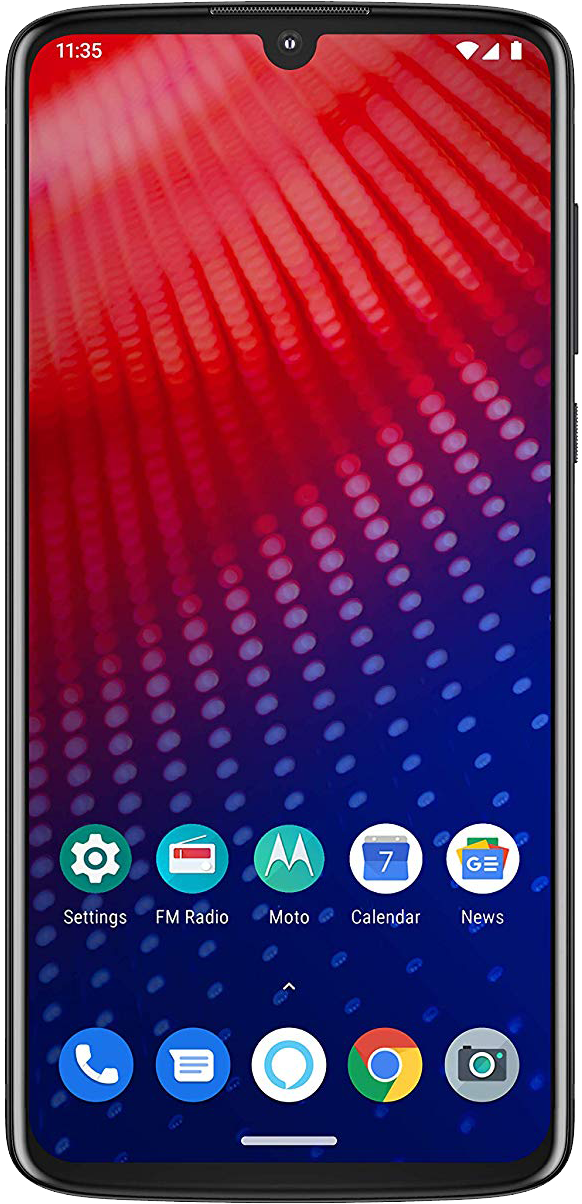
Moto Z4
A future-forward phone that falls short on the basics.
The Moto Z4 is one of the cheapest ways to experience Verizon's 5G network with the optional 5G Moto Mod attachment, but its weak performance and questionable design alterations make it a bit hard to recommend unless you qualify for promotional pricing.
Hayato was a product reviewer and video editor for Android Central.
